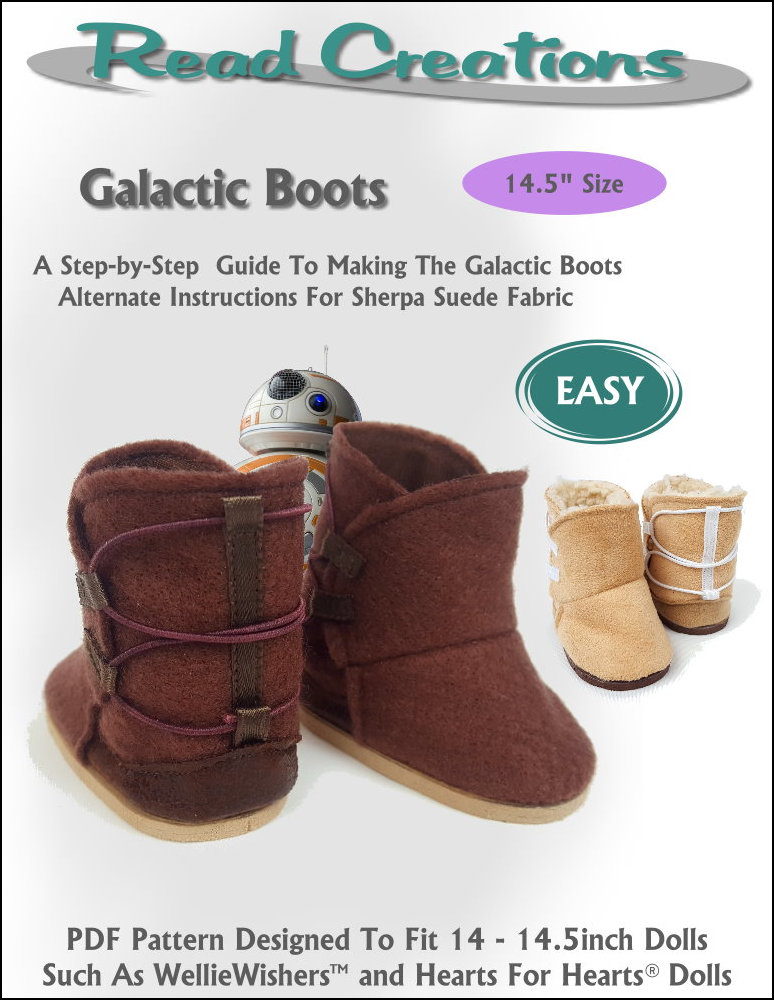Last Updated on September 17, 2022
This eBook on how to make boots and shoes is a practical guide, complete with step-by-step instructions and over 400 photographs. You can read it using the free Adobe Acrobat Reader, which can be downloaded from the Internet. It is delivered as a digital product, delivered instantly after payment. Shoemaking is not for beginners. Those with some basic sewing skills can make the shoes, but beginners can get the hang of it once they have learned the basics.
Step-by-Step instructions to make boots and shoes
This eBook contains Step-by-Step instructions for making boots and shoes. The book covers various aspects of shoemaking, from selecting leather to stitching techniques. It also covers heel and toe enforcements and how to attach and edge finish the soles. This eBook also includes tips for choosing leather, lasts and soles. The eBook is also filled with projects that you can attempt at home. The book includes step-by-step instructions for creating the Derby shoe, the ankle boot, and the high-rise boot with bellows tongue.
Materials needed
The materials needed to make boots and shoes vary greatly, but many have similar qualities. Leather is a popular material for uppers, but there are also synthetic materials available. Some of these materials mimic the look and feel of real leather. One popular option is PU leather, which has a variety of colors, textures, and features. Synthetic leather was once considered cheap junk, but has since become a quality material. Most synthetics are composed of two layers of polyester fibers laminated together using a dry or liquid lamination process. Many low-cost synthetics also feature a PVC skin or fibrous woven backing.
To make your own shoes, you will need durable leather and a stiff heel. Leather for uppers should be softer than leather for the straps. You’ll also need a knife, awls, and a sewing needle. You’ll need to measure and cut the leather for the upper and lower sections. Ensure the fabric is sturdy enough to resist stretching and tearing. You can then sew the upper and lower sections together.
Sustainability is a primary concern when purchasing footwear, as it impacts our environment. Recycled materials have a better impact on the environment than virgin ones, so consider purchasing footwear made from recycled materials whenever possible. Additionally, making footwear requires huge amounts of water, destroys rain forests, releases greenhouse gases, and creates enormous amounts of landfill waste. So, consider these things before you buy your next pair of footwear. These are only a few of the factors to consider when choosing footwear.
The most common material for uppers in shoes is foam. This type of material can be used in all kinds of shoes, from sandals to high-end dress shoes. Foam can be classified into open cell and closed cell foam. Open cell foam allows water to pass through, while closed cell foam is porous and traps gas. Both types of foam can be found in uppers. It’s also commonly used on collars and tongues.
While leather may be the most common material used in shoes, synthetic materials like nylon and polyester are also popular choices. These materials allow for many different weaves, denier, and fibres. Textile shoes can be comfortable and fit your style. Other materials, such as rubber, can be used for the soles of shoes. However, these materials do not have the same durability as synthetic materials, and they may not be suitable for every style.
Techniques
Cobblers in colonial America arrived early and developed techniques for making boots and shoes. They often worked from home and used hand tools to stitch the upper leather to the sole and shape the shoe over a wooden form or last. By the end of the colonial period, the techniques used in shoe manufacturing had evolved into an industry. In 1873, John Adam Dagyr, a shoemaker from Suriname, introduced a technique that would later become known as the Blake stitch.
One of the most popular and expensive styles of men’s and women’s footwear is the Goodyear welted construction. This process, which was originally done by hand, has developed into a sophisticated and expensive style of shoemaking. The stitch-through welt is an important feature of this design. These high-quality shoes are extremely sturdy and costly, making them desirable. Those who take this class should know that the process is complex.
This technique is also known as a ’bespoke’ shoe. It involves strictly hand-made processes rather than using machines. The process of making bespoke shoes is deeply rooted in decades of traditions. Bespoke shoemakers use a last, which is a replica of the foot. Often, more than one individual will participate in the process, with one person making the last, another designing the pattern, and a third cutting and stitching the leather.
There are many ways to replicate footwear, and a few of these are described in this article. Masking tape is one technique that I use and teach. To duplicate a shoe, simply place two layers of masking tape over the upper piece, and follow the same process as for creating a shoe. The masking tape will be applied in the same direction as the original shoe. Afterwards, the two pieces of masking tape will be placed back together.
The vulcanising process is another method that involves injections of material around a mould. The process can take one hour, and depending on the material used, it may even last for a day or two. The vulcanising process is the process that produces the fully moulded footwear, such as Crocs, Jellies, and PVC wellington boots. Once moulded, the soles are either glued onto the upper or injected onto it.
Distressing techniques vary wildly, and different methods produce different effects. Some methods focus on creating creases and scuffs, while others focus on creating wear patterns and distressed leather. Regardless of how you choose to distress a boot or shoe, remember to go slowly and gently. Once you’ve done a few times, it’s hard to undo the damage, so you want to focus on the high-wear areas first.
If you don’t have the time to spend vulcanising the rubber, you can make them yourself. You can buy them on the Internet or in stores, but don’t waste your money on cement shoes. Instead, invest in a pair of vulcanised Chelsea Boots. You’ll be glad you did. If you can’t afford a pair of cement shoes, consider wearing a pair of high-quality leather footwear.
About The Author

Mindy Vu is a part time shoe model and professional mum. She loves to cook and has been proclaimed the best cook in the world by her friends and family. She adores her pet dog Twinkie, and is happily married to her books.

